If there is one member in our club who embodies the meaning of Rotary ‘Service Above Self’, it is Hans Granholm. Hans is a Charter member of our club and has been a loyal, reliable, volunteer for fifty years. He has served in almost every club office there is. He has served as club Secretary, Treasurer, Bulletin Editor and Publisher, Foundation Chair, Club President in 1979-80, and was our Website Administrator from 2003 to 2009. He also holds the record for perfect attendance with our club, with forty seven years of perfect attendance. Hans is also a Charter Member of the Paul Harris Society and the Rotary Foundation Bequest Society.
In 1991 Hans served as a Group Study Exchange Team Leader when he took a group of five young business women from our District to visit with Rotary clubs in Sweden and Poland to learn about how their same professions worked in those countries.
Hans was the driving force behind getting our District clubs online by using Clubrunner to keep track of the multitudes of information that our clubs need in order to function. It is a one stop online location for all of our club information- membership records, meeting programs, contact lists, minutes, financial records, photo albums, newsletters, public outreach and much, much more. In 2003 he travelled all over Alberta helping each club set up their Clubrunner Websites. He then continued to be our computer guru and savior on many occasions, helping the less tech savvy among us to cope with this new way of doing things. This one thing alone has probably streamlined many thousands of hours of paperwork for Rotary over the years.
In addition to this he has committed many additional hours to also serving with our Rotary District 536 which originally served all of Alberta and now as District 5370, serves Northern Alberta, North Western Saskatchewan, North Eastern BC, Yukon and the Northwest Territories. He has served as Assistant Governor for five District Governors and as District Governor Advisor in 2011 to 2012 for DG Harry Buddle with whom he travelled all over Alberta visiting our various clubs. He has also served as District Communications and Website Administrator from 2002 to 2011.
Since 2009, he has been the Web Administrator for International Rotary Zones 24 (~ 800 clubs) and 32 (~ 900 clubs) which serve all of Canada, St. Pierre and Miquelon (France), Bermuda and the North Eastern States. Since 2008, he also serves as our Zone Institute Registrar.
As a result of his dedication and countless volunteer hours, Hans has been the recipient of many awards. These include:
A record four time ‘Rotarian of the Year’ recipient for our club in 1991-92, 2001-02, 2002-03 and 2019-20.
Rotary Foundation’s Citation for Meritorious Service in 1994
Rotary District Foundation Award in 1999.
District Governor’s Award in 2004
Rotary International Commitment to Service Award in 2005
Rotary International Governor’s “Service Above Self” Award in 2006 and again in 2009
District Rotarian of the Year in 2008-09
RI Zones 24 and 32 Award Presentation in 2019
Queens Jubilee Medal Presentation in 2023
Rotary International Zones 24 and 32 Award in 2019
Recipient of the Queen Elizabeth II Platinum Jubilee Medal in 2023 for his service over the years to our Rotary Club, District and Zone.
Hans has been our mentor and memory keeper for fifty years and his dedication, patience and kindness has been an inspiration to us all.

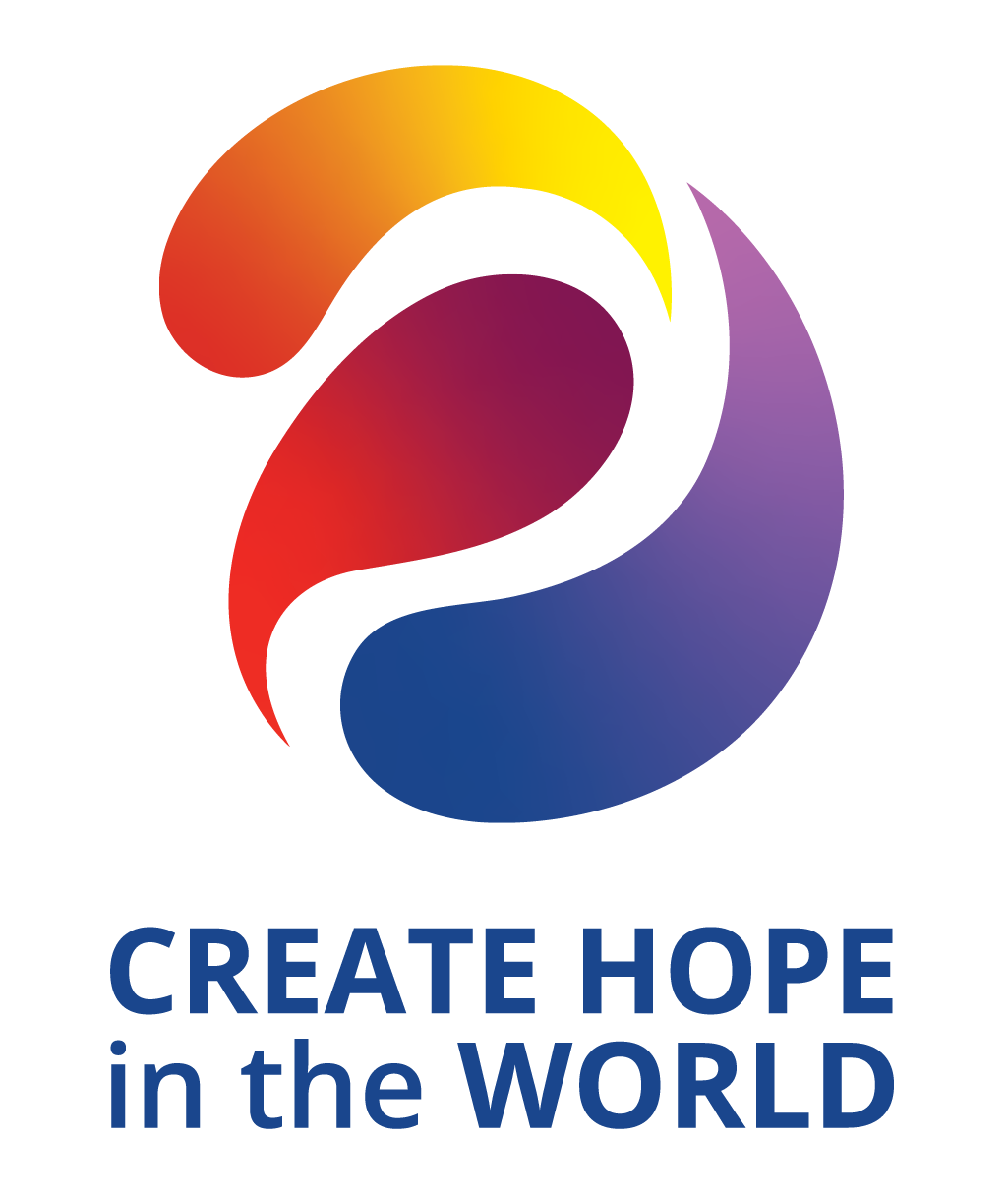
![]()


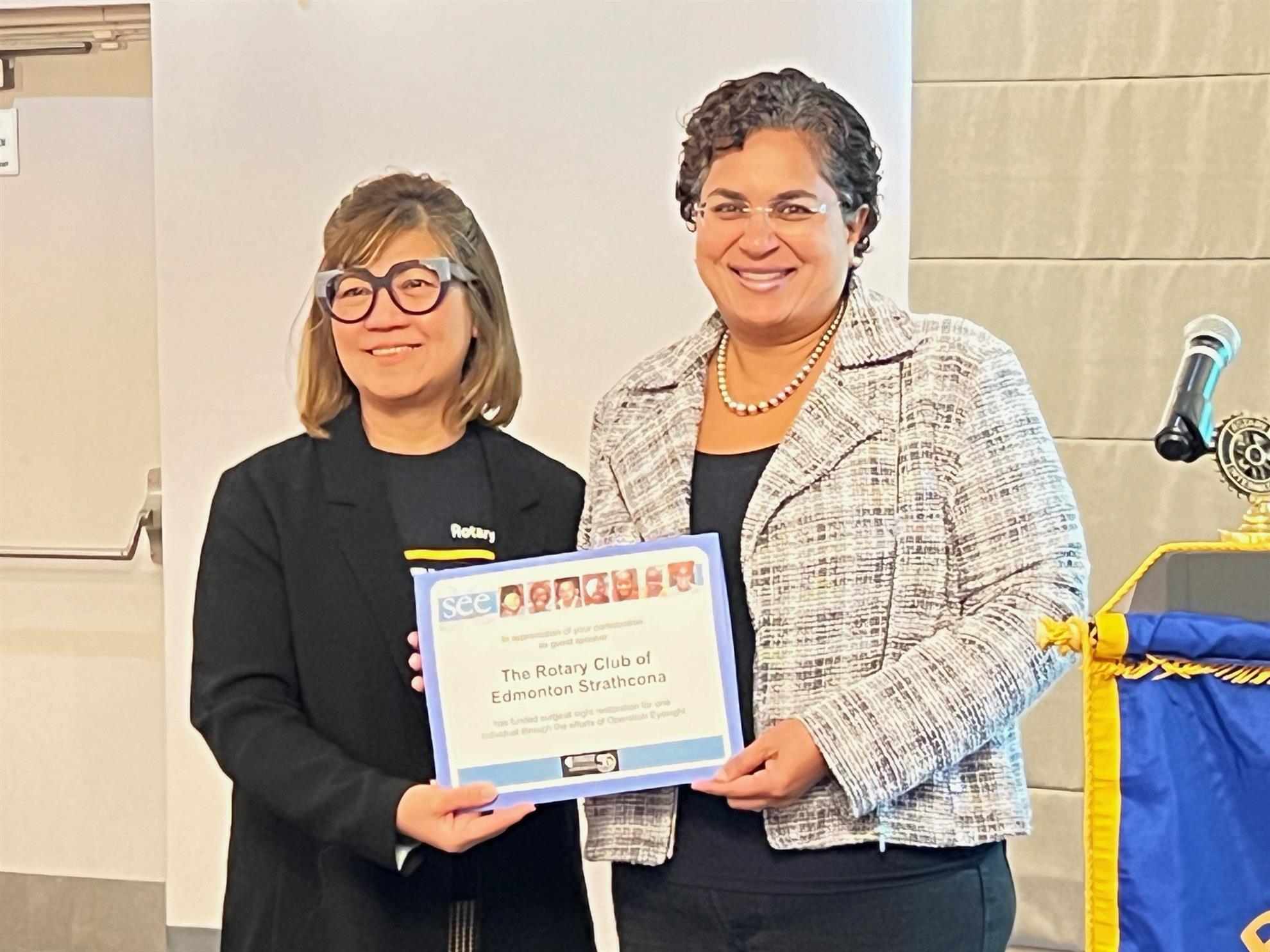
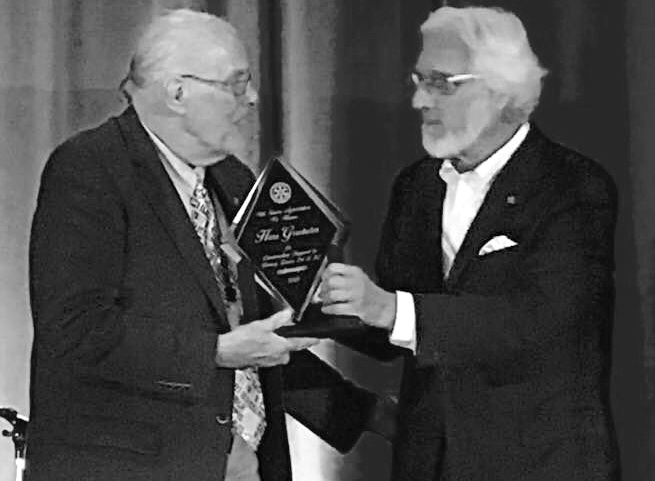
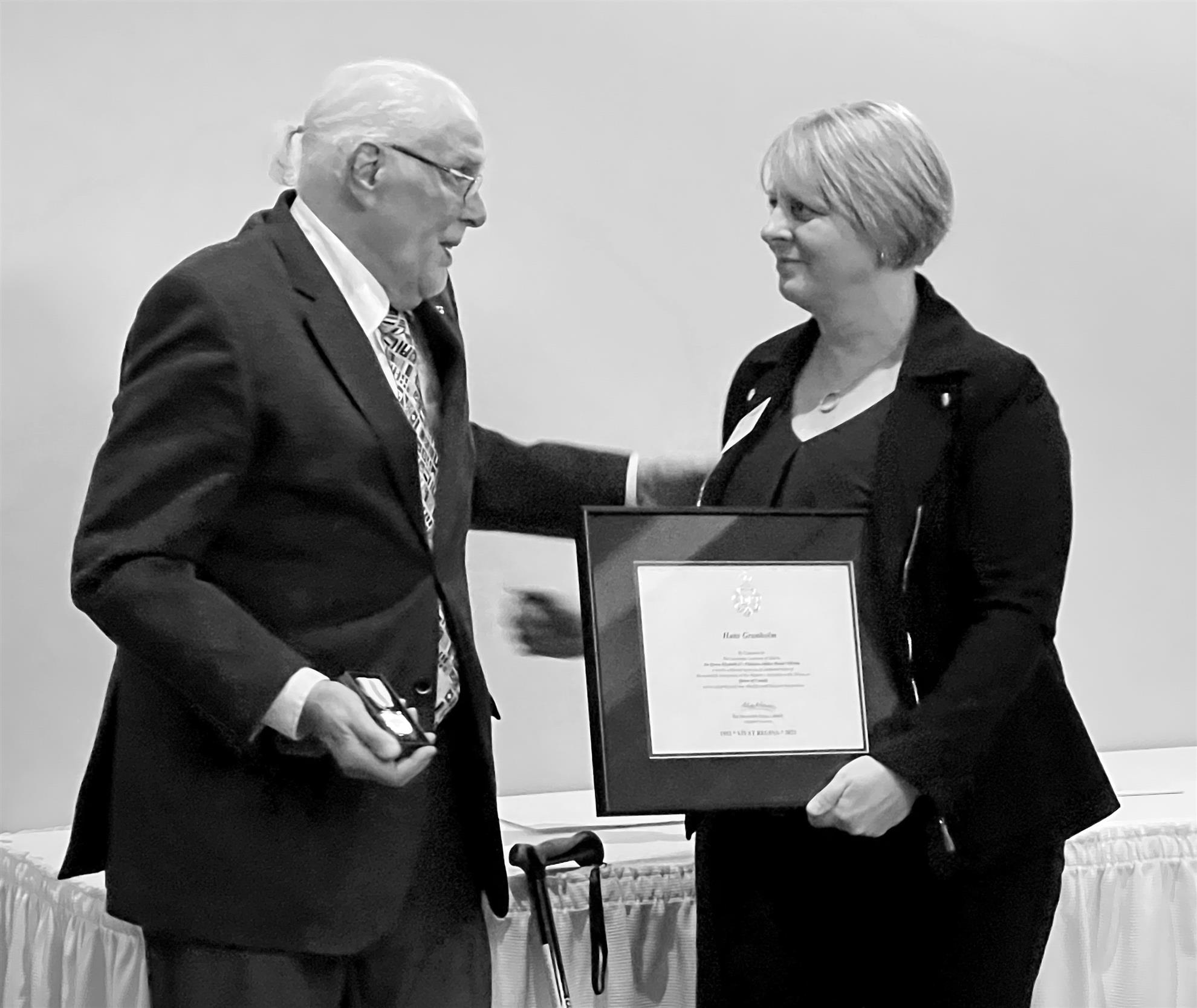

.jpg)
.jpg)
.jpg)

.jpg)












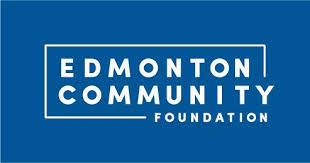



.png)





















"The Friendly Club"
Edmonton, AB T6L 6B6
Canada